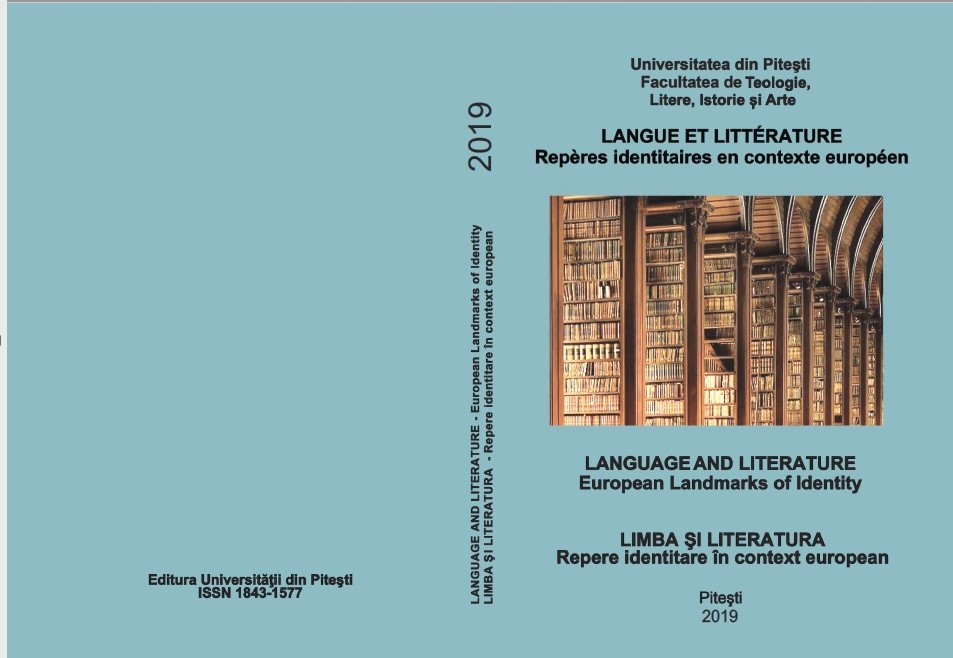SOCIO-CULTURAL DIMENSIONS OF LAUGHTER AND SMILE AS WAYS OF NONVERBAL COMMUNICATION
SOCIO-CULTURAL DIMENSIONS OF LAUGHTER AND SMILE AS WAYS OF NONVERBAL COMMUNICATION
Author(s): Simona RodatSubject(s): Social Sciences, Communication studies
Published by: Editura Universităţii din Piteşti
Keywords: laughter; smile; nonverbal communication; paraverbal communication;
Summary/Abstract: Smile and laughter are universal means of transmitting nonverbal messages. Smile is a very complex expression capable to transmit a wide range of information, denoting a wide range of emotions and feelings, such as pleasure, joy, happiness, satisfaction, promise, sociability, amusement, but also cynicism, embarrassment, emotional pain, slyness, shame and sarcasm. However, the interpretation of the meaning of the smile also varies from one culture to another, or even from one subculture to another. Instead, laughter seems to have more universal human connotations and interpretations, because it is the expression of some basic universal human emotions, such as joy, cheerfulness, pleasure, happiness. Laughter is generally the expression of good mood, but, more than that, it can also cause good mood. That is why laughter is also used as part of some therapies. However, the vocal component of laughter, considered part of paraverbal communication, may have specific cultural determinations. For example, when people accentuate by laughing a certain vowel, they want to express, at least in European culture, different mental states and behavioural intentions, which are decipherable only when the codes of communication and their meanings are known. Significations and interpretations of laughter and smile are thus functions of the socio-cultural context. The present paper deals with these aspects, highlighting the social and cultural dimensions of these two suggestive components of nonverbal communication.
Journal: LIMBA ȘI LITERATURA – REPERE IDENTITARE ÎN CONTEXT EUROPEAN
- Issue Year: 2019
- Issue No: 24
- Page Range: 210-219
- Page Count: 10
- Language: English

